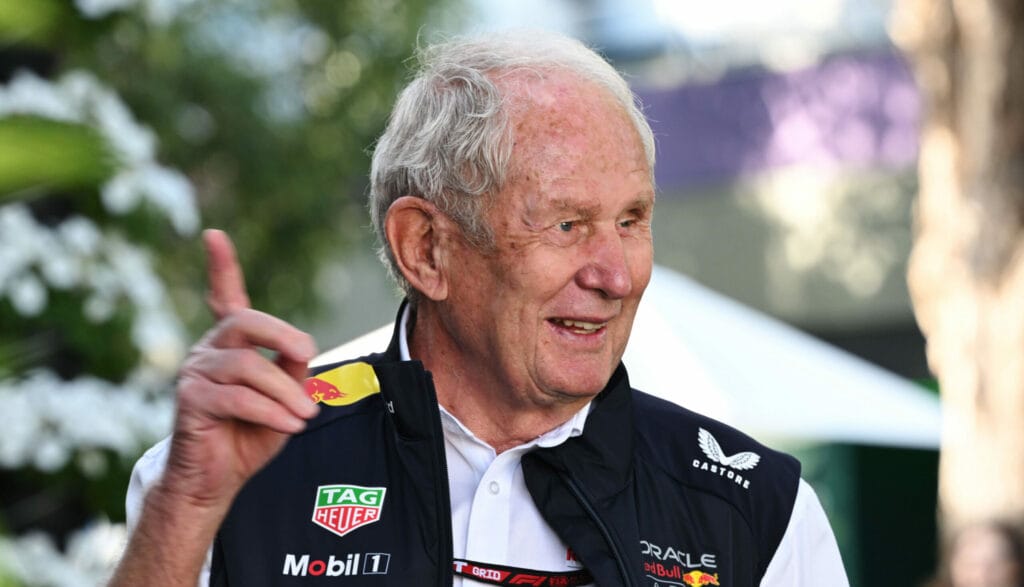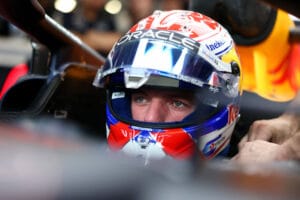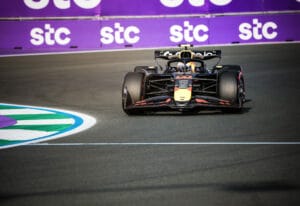McLaren’s team is facing criticism from all sides due to their conservative strategy during the Japanese Grand Prix. Norris and Piastri once again scored the most points thanks to a double podium finish, but it was Max Verstappen who took the victory. Many experts believe that the team could have contended for the win had they shown a bit more daring. Red Bull’s top advisor, Helmut Marko, jokingly suggests that this might be McLaren’s new ‘papaya rules’.
During the pit stops, McLaren made the surprising decision to come in immediately after Max Verstappen. Lando Norris made a desperate attempt to overtake his rival as they exited the pit lane, but this only resulted in him losing more time on the grass. Not much later, Oscar Piastri – who was in P3 at the time – got stuck behind his teammate, despite the Australian being convinced that he could overtake race leader Verstappen.
“I think I have the speed to catch Max,” Piastri’s voice came over the radio. However, the two drivers were not switched in position. McLaren did not issue a team order, and Norris did not challenge Verstappen for the win. The trio eventually crossed the finish line within three seconds of each other. Helmut Marko later referred to McLaren’s apparent blunder. After all, Verstappen has now closed the gap to Norris to just one point in the drivers’ championship.
‘We would have swapped the drivers’
“The strategy they (McLaren) choose is up to them,” said the 81-year-old Marko to the media in Japan. “It seemed like Oscar Piastri was the fastest driver. The question, of course, is whether he could have overtaken Max, as that’s a different story on this circuit. But perhaps this was a new version of the papaya rules,” he added with a laugh. “We would have swapped the drivers,” he concluded. “But McLaren has their own guidelines.”
Marko was referring to the controversial papaya rules that McLaren implemented last season. Both Norris and Piastri climbed up in the championship at the time, although they continued to snatch points from each other. By establishing their own guidelines, the British racing team hoped that their drivers would not challenge each other too fiercely on the track. At the same time, sportsmanship had to be maintained. This, of course, led to complicated situations.









